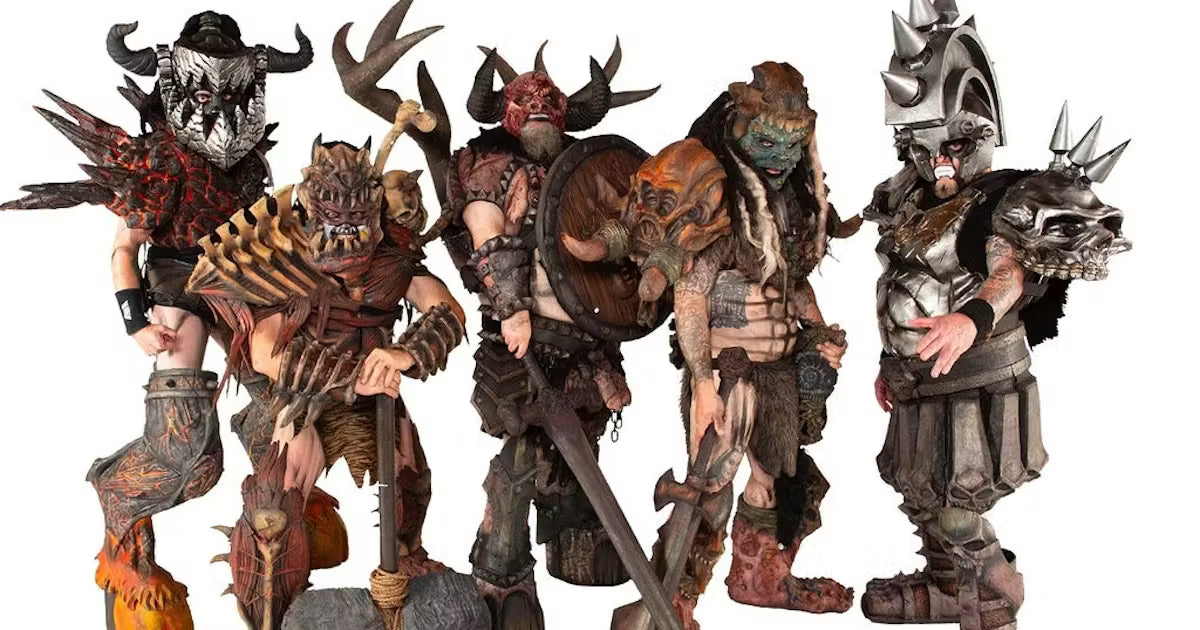Your Pre-Order. Your Store.
We’ve written about many ways you can automate your e-commerce, so you can focus on what really matters. In some cases this means extra time to write, perform or collaborate. But running an effective artist shop is not hands-off; creating high-quality merch that aligns with your brand takes careful thought and planning.
When we say automate your d2c, we really mean building out systems that power your shop in the background. The branding, developing products and promotion still falls on you, the store owner. Today we’ll provide an example of a pre-order campaign that went exceptionally well.

Through a combination of different services, this artist was able to automate his direct to consumer storefront, reach #1 on the charts, and keep his loyal fans happy. We’ll go over specific methods and actions that his team took so you can apply them to your next release.
Aaron Lewis released his “State I’m In” album on April 12th, 2019. Vector (his management team) partnered with Futureshirts (merchandiser) and Single Music (d2c distribution & reporting) to bring album-branded merch together with his new digital album.
This case study was originally presented during a panel at Music Biz 2019 in Nashville.
Pre-Sale & Product Offerings

In the months leading up to the release, Aaron’s team ran a pre-sale with product bundles, album-specific merch and an instant-grat track. While he offered the standard t-shirt and autographed album, his team created some “out of the box” offerings. They developed “State I’m In” branded flasks and playing cards, items that fit with Aaron’s brand identity and target demographic.
Because the products were branded specifically to the album, they were recognized as scarce. At the same time they were affordable and added a ton of perceived value when attached to his digital album. And for Aaron, this meant a charting album sale with each purchase from his shop.
Fan Experience
Aaron’s team paid special attention to the fan experience during this campaign. After fans purchased the pre-sale album, they were immediately sent a pre-release single (or “instant-grat” track). Then on release day, each fan received a lossless copy of the new record, straight to their inbox.
This is important because of frequent delays in physical album manufacturing and shipping. Aaron and his team planned ahead for this by attaching the digital album to each purchase. Therefore if a fan didn’t receive the physical album on the release date, they were at least able to listen to the highest quality version immediately.
Can any artist do this?

In the case of Aaron Lewis, he had an incredible team supporting him. But what if you haven’t reached the level of bringing on a merchandiser or management? Luckily, the tools they used are available to everyone.
With the Shopify Basic Plan ($30 / month), anyone can customize a storefront and have a central place to manage e-commerce. Because there are no long-term commitments, the shop can exist solely through the duration of the album release. And when artists use the Shopify POS system, inventory is automatically synced between online and live event sales.
But what about creating the merch?
What was once a tremendous hurdle for independent artists, merch manufacturing has now been democratized. Print on demand services allow artists to design products and put them for sale in their shops - without creating or holding any inventory.
When a fan makes a purchase, the POD company prints, packages and ships the product completely behind the scenes. This allows artists to experiment with creative product offerings, just as Aaron Lewis did. Focus on developing merch that stands out, and never worry about being left with unsold inventory.
Release Management Tools
Once you’ve designed your store, it’s time to think about delivering digital music to your fans. In the past you may have sent them to iTunes or a streaming service for your music. Instead, direct them to your own storefront where you keep more revenue and all of the data that accompanies the sale.
Single Music’s release management tools help artists set up a pre-sale, schedule individual track release dates, and automatically deliver music on the dates specified. And most importantly, all sales are automatically reported to SoundScan, the data supplier which powers the Billboard Charts. While an independent artist may not have a chance at reaching the “Hot 100”, there are many genre-specific charts that are accessible with the appropriate strategy and implementation. Breaking onto these charts adds significant credibility to any artist, especially indies.
Take control of your album release by applying tools and strategies that align with your goals as an artist. As always, if you have questions about setting up a digital album or pre-sale campaign, our team would love to help.





